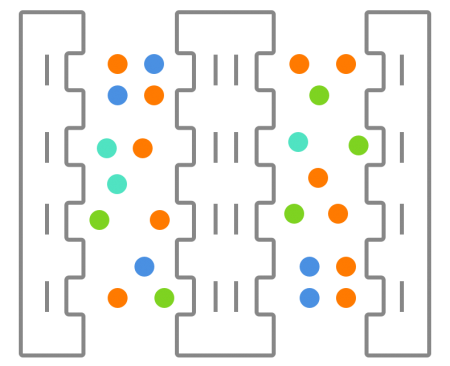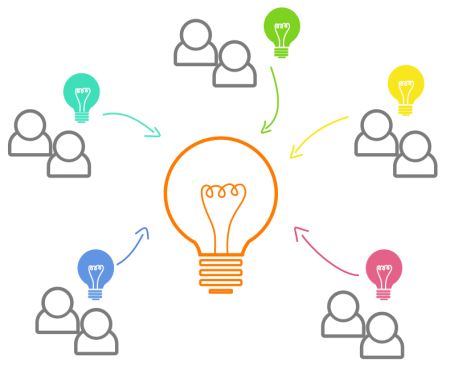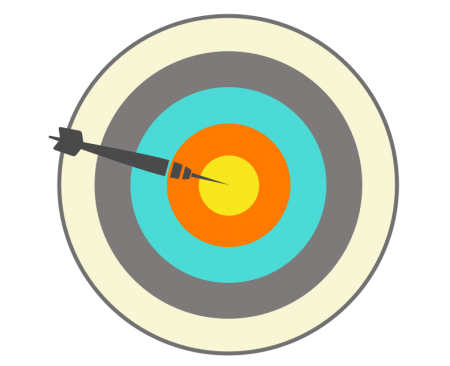Engagement Models
- Long Term / Short Term
- Wide or Narrow Scope
- Outsourced Staff, with Client In-sourced Leadership
- Named Resource
- Multiple Skills “Packaged” into an FTE Engineer
- Hourly Rates
- Agile-to-Agile
NMX Offers
- Models comfortably fit client needs
- Long duration or fast ramp-up SWAT teams
- We under-promise and over-deliver
- Use our clients’ service contract
- Responsive Mgmt.: “Always On” service delivery
- Ramp down and pause as needed
The two most common outsourcing engagement model are Remote Employee and the Remote Team. NMX can engage with clients using any variant of these models for short or long duration projects. Our area of focus can be as narrow as a single function such as QA, or a single engineer delivering a specialized algorithm. Or, we can support an entire technical domain (e.g. security) and report as a team to the project office of our client. Both models require our client to be at least partially responsible for making hiring decisions and managing the resources. For clients with no internal technical capacity or internal capacity requiring augmentation, we can engage as a complete team, ready to take on product owner responsibility as well as software architecture and DevOps responsibility.
For large projects, our most flexible engagement model is one we call Agile-to-Agile. In this model, an NMX agile team engages with the client’s agile team. This model is designed to deliver engineering results, as well as engineering capacity. Our client orders and specifies deliverables through the normal agile development process. NMX engineers work within a single agile team together with the client’s resources, or we work as an autonomous team on sub-projects; we share the same project management platform (e.g., Jira), build process, repositories, test frameworks, etc. Under this model, our entire diversified engineering team, possessing a wide range of skill sets and levels, is available to work on any assigned tasks or user stories. We assign work to specific engineering roles based on skills and specializations. This model is operationalized by leveraging sophisticated project management, development tool chains, and continuous integration and delivery platforms. For our clients that do not have such infrastructure in place, we provide it. When operating at a large enough scale, the NMX Agile-to-Agile model makes available to our clients far greater on-demand capacity, skills diversity and lower cost than other engagement models.

Project Staffing Process
Our Agile-to-Agile methodology makes our entire talent pool available to all projects. Project management and architectural oversight teams typically persist with a given project for its entire life cycle, but we assign technical talent on-demand, applying various specializations and competencies as needed. Even small projects will utilize our most senior talent. We groom our junior staff by pairing them with our senior engineers (and do not charge our clients for such assignments), enabling our new hires to rapidly develop their skills and capabilities on significant and complex projects. The model allows us to fully leverage the capabilities of our resources, including optimal allocation of ultra-high skill and specialized talent.

Delivering Innovation
The processes of software architecture, construction, and service delivery are undergoing rapid change and constant innovation. Nearly all software under development today will need to interface to an API, service interface, data format or protocol. The cost of being behind or out-of-step with innovations and standards is growing higher every day.
NMX addresses these problems by investing in competency development. We do so by ensuring that our staff is continuously researching, testing, prototyping and mastering the technologies, platforms and frameworks our clients are likely to use in the foreseeable future. These activities are especially important with fast-moving, open source projects.
Our goal is to have at least two staff members possess familiarity, in advance, with the technology used on a project. Thanks to our Agile-to-Agile engagement model, we apply such expertise to projects almost instantly during the design and ramp-up phase. If we need to apply specialized expertise during a long development cycle, then we expand capacity to meet the need.

Service Expectations
At NMX we set a number of goals for how we expect our client relationships to evolve. All of our processes and focus is on doing what it takes to achieve these goals.
- First, we expect to start with one small project, over-deliver, and keep satisfied clients forever. We look to have a longterm business relationship and wish to become a permanent resource that is always available and used whenever necessary to help our client meet its software needs.
- We rarely say “no.” We expect to meet requirements and expectations without requiring lengthy negotiations — e.g. we use our clients’ service contracts.
- We are available. Our workday span across sites is more than 17 hours long. A request will receive a response in < 4 hours.
- We ramp up fast. For new clients we start engaging and delivering typically within one week. For existing clients we are “always on”.
- We ramp down quickly. We understand that sometimes work needs to be paused (or cancelled) for any number of unforeseen reasons. We can shelve a project, preserve documentation and project state, stop billing, and return to it later, on demand.
To summarize: Efficiently developing production-quality software is difficult and challenging enough. We work with our clients using whatever model comfortably fits their needs. We endeavor to add exceptional value – without complication.